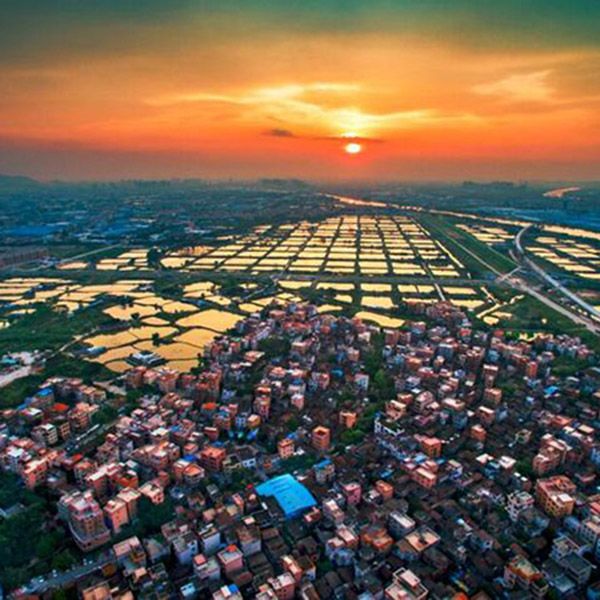
PPP model may improve the effectiveness of urban greening
 潍坊嘉诺环境艺术工程有限公司
潍坊嘉诺环境艺术工程有限公司
 山东省昌乐县大沂路与新昌路交叉口
山东省昌乐县大沂路与新昌路交叉口
 2017-9-28
2017-9-28

In order to strengthen the construction of urban ecological environment and urban infrastructure, improve the living environment, and promote sustainable urban development, all parts of our country are actively creating garden cities while meeting the needs of the current social progress and economic development situation. In a beautiful ecological and green scene, the "newborn" in urban greening appears to be "scrambling" in the summer when the high temperature continues and the drought is less rainy.
Change ideas to curb urban greening "strange phenomenon"
There is a "strange phenomenon" in the construction of urban greening in China: planting trees every year without "wood", and increasing green every year without "shade". Whether in response to natural disasters or man-made disasters, China's urban greening always lacks some self-" hematopoietic "ability, and often because it does not have this function, urban greening can only continue the" vicious circle "phenomenon. In the face of such a fragile urban greening project, how to enhance the self-" hematopoietic "function of greening is a difficult subject in front of the landscaping industry.
In order to consolidate the effectiveness of urban greening, many explorations and attempts have been made in the greening construction and management in various parts of our country. The editor believes that in order to change the "strange phenomenon" of China's current urban greening, in addition to adopting a reasonable and scientific "planting" model, actively change the concept, promote the marketization of the landscaping industry, take urban greening as a sustainable development industry, so that it can play a potential economic benefits, which will be more conducive to consolidating the results of greening. Through the unremitting efforts of various places, a new green construction model has entered people's eyes, and the industry calls it the PPP model.
PPP model or better consolidate the effectiveness of urban greening
The PPP model, also known as Public-Private-Partnership, refers to the formation of a partnership between the government and private organizations in order to cooperate in the construction of urban infrastructure projects, based on the concession agreement, and ensure the smooth completion of the cooperation through the signing of contracts. Achieve win-win cooperation.
This model is generally said to be a property management model similar to commercial residential areas, please a "butler", take care of urban greening, "butler" can also profit through their own value-added services. This model can not only solve the shortcomings of urban greening self-" hematopoietic "ability, but also attract more private capital into urban greening construction through investment, and reduce the pressure on government municipal construction.
For example, if each city has its own civic square, the government can introduce the PPP model into the daily management of the civic square. Such as the sale of the naming rights of Civic Square by tender; Bidding for green space construction and maintenance project of citizen square, one-time investment, lifetime service. The government can also take the PPP model as the framework to re-create a new "three guarantees policy in front of the door". For example, the government may rent out the green space in front of private enterprises, and enterprises may use the green space for commercial publicity in a paid manner, but they are obliged to maintain the green space. This can not only reduce the maintenance pressure of municipal units for urban greening construction, but also enhance the awareness of personal greening, killing two birds with one stone.
PPP model provides a new way of thinking for our urban greening construction and sustainable development. It is not a layer of unchanged dead mode, dead routine, but a kind of "all-in-one glue", can effectively glue the relationship between the government - green construction - private organizations, so as to play a "combination" of urban green construction. It can inject fresh blood into the new green construction under the background of rapid development.





